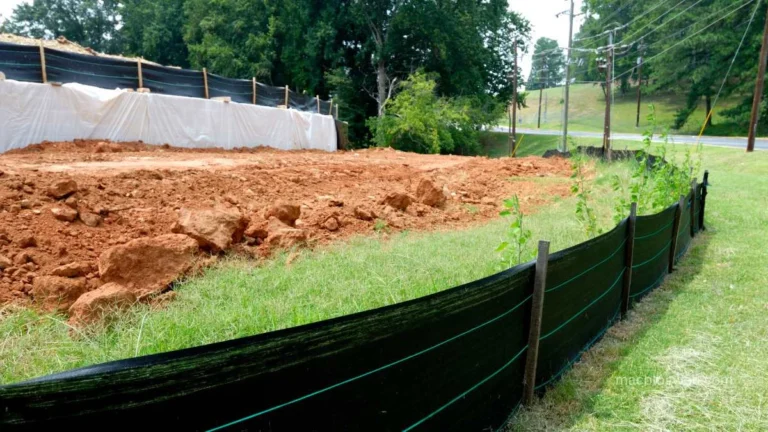Silt fences are a common sight on construction sites across North America and other parts of the world, where they play a crucial role in environmental management. As temporary sediment control devices, they are designed to prevent sediment in stormwater runoff from contaminating nearby streams, rivers, lakes, and seas. This detailed article delves into the mechanics, usage, effectiveness, and challenges associated with silt fences, providing a comprehensive understanding of their importance in protecting water quality during construction projects.
Introduction to Silt Fences
A silt fence, sometimes referred to as a “filter fence,” is primarily used on construction sites to control sediment from disturbed soil areas. Their primary function is to minimize the impact of sediment and suspended solids on aquatic ecosystems adjacent to construction zones. Despite their widespread usage and economic design, the effectiveness of fences can be compromised by factors such as improper installation, incorrect placement, and lack of maintenance.
Design and Composition
A typical silt fence consists of synthetic filter fabric, known as geotextile, stretched between a series of stakes made from wood or metal. These stakes are generally installed along a horizontal contour line on the downhill side of the fenced area. Key to its design is the placement of the fabric’s bottom edge, which is often entrenched into the soil and backfilled on the uphill side to prevent underflow.
The primary mechanism of a fence is to create pooling of runoff water, allowing sediments to settle before the water passes through the fabric. The fabric itself does not remain permeable indefinitely; it tends to get clogged with fine soil particles over time, which can block water flow. Maintenance practices often involve disturbing the fabric post-rainfall to dislodge these particles and restore permeability.
Installation and Effectiveness
The effectiveness of a silt fence is highly dependent on its correct installation and strategic placement. Key considerations include:
- Proper Trenching: Ensuring that the fence is adequately entrenched to prevent water from undercutting it.
- Correct Placement: Silt fences should be placed on a level contour and down-slope from the disturbed areas to effectively intercept sediment-laden runoff.
- Adequate Overlap: Where fence sections meet, sufficient overlap and securing must prevent gaps and potential points of failure.
Despite these measures, fences are not foolproof. Challenges such as tearing of the fabric, collapse of the stakes, or complete overtopping during heavy storms can occur, leading to failure in sediment control.
Maintenance Requirements
Maintaining the functionality of silt fences is crucial for their continued effectiveness. This involves regular inspections, especially before and after significant rainfall events, to check for any signs of damage or overtopping. Sediment accumulation at the base of the fence may need to be removed periodically to prevent the fence from being undermined and to ensure that pooling and sedimentation processes continue to function as intended.
Environmental Impact
The environmental benefits of using silt fences are significant. By preventing sediment from entering water bodies, these fences help to protect aquatic habitats and maintain the water quality necessary for wildlife. Sediment can smother aquatic habitats, increase water temperature, and reduce oxygen levels, all of which can have devastating effects on aquatic life.
Furthermore, silt fences help to stabilize soil on construction sites, reducing the overall erosion that occurs as a result of construction activities. This not only protects local waterways but also helps in maintaining the integrity of the construction site.
Future and Innovations
While traditional silt fences continue to be a staple in sediment control, innovations in design and materials are enhancing their effectiveness and ease of use. For example, biodegradable fences are becoming more popular, offering an environmentally friendly alternative that decomposes after serving its purpose, thereby reducing waste.
Moreover, the integration of technology such as sediment control using smart geotextiles, which can adapt to changing environmental conditions and provide data on sediment load and water flow, is on the horizon. These advancements promise to improve the efficiency and effectiveness of sediment control strategies in construction projects.
Conclusion
Silt fences are an essential tool in managing environmental impact during construction activities. While they are not without their challenges, their benefits in terms of protecting water quality and preventing soil erosion are undeniable. Proper installation, regular maintenance, and ongoing innovation are key to maximizing the potential of fences to contribute to sustainable construction practices and environmental conservation. As construction activities continue to impact natural landscapes, the role of silt fences and other sediment control measures will remain critical in mitigating these effects and preserving ecological integrity.
